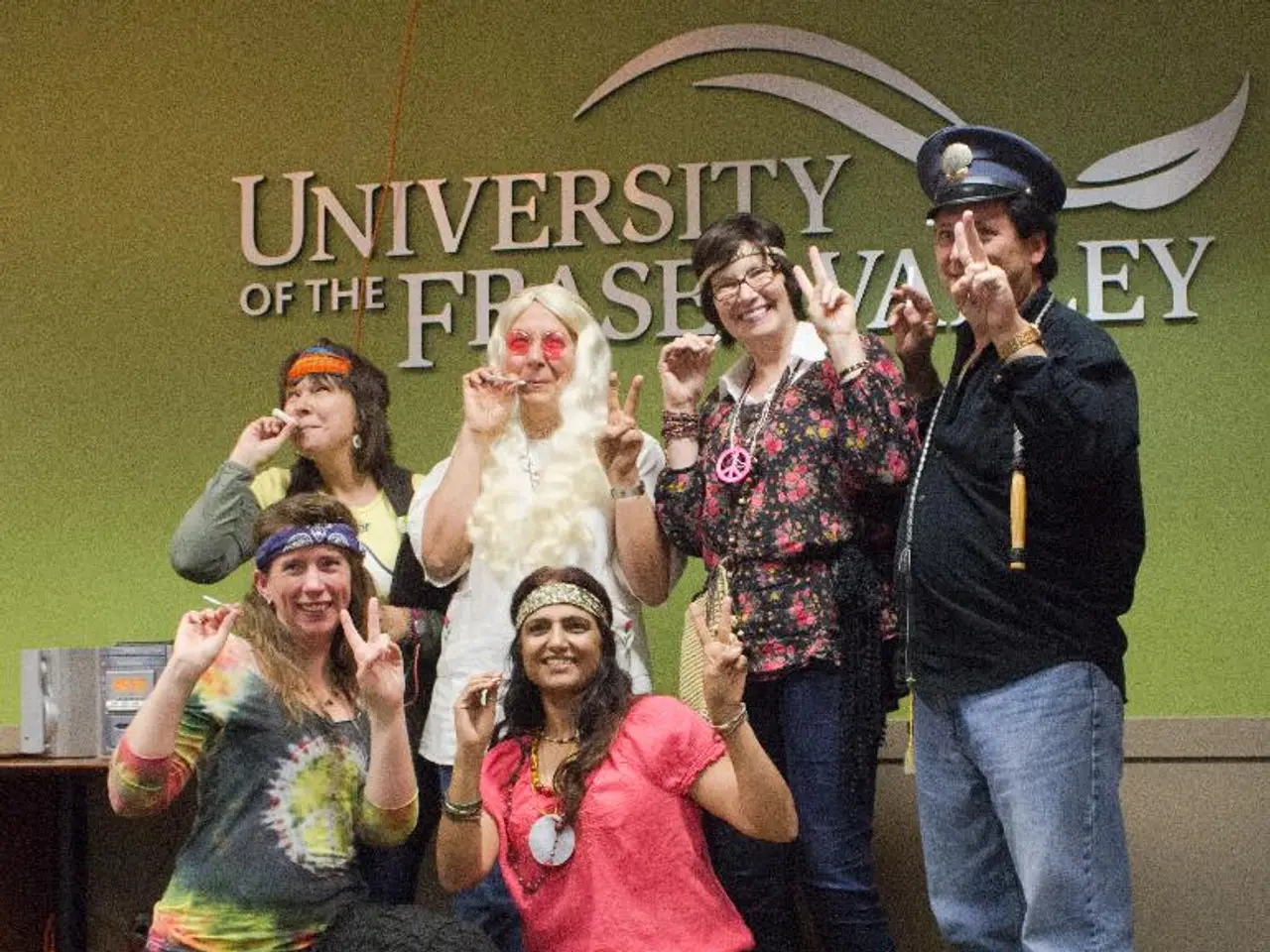Impact of Others' Distress on Personal Well-being: Strategies for Managing Vicarious Trauma
In today's world, it's common to be exposed to others' traumatic experiences, whether through personal relationships, media, or work. This exposure can lead to a condition known as vicarious trauma, a phenomenon that involves absorbing others' pain to such an extent that it affects one's own well-being.
Vicarious trauma can happen to anyone who's exposed to others' traumatic events or suffering. It's often a cumulative effect, building up over time, and can be triggered by witnessing even a single traumatic event. Signs of vicarious trauma include changes in mood, difficulty managing emotions, excessive worrying, becoming detached, nightmares or trouble sleeping, and hypervigilance.
Researchers suggest that children can be vicariously traumatized from learning about the trauma of family and friends. Children, particularly, can be especially affected by seeing graphic footage and witnessing human suffering because they can't fully process the difference between something that's a present danger to them versus something that's not. Protecting children from traumatic news, images, videos, and adult talk is, therefore, essential.
Some jobs, such as police officers, mental health professionals, emergency room healthcare providers, and those who work in disaster relief, are more likely to put you in direct and repeated contact with people who have experienced trauma. In these situations, it's crucial to position oneself as a 'conduit, rather than a sponge.' Jumping into another's distress won't do either of us any good; seeking dry land and offering help is more beneficial.
Taking care of oneself is essential to take care of others effectively. Caring for oneself may involve having engaging hobbies, practicing grounding techniques, engaging with non-crisis friends and family, taking care of physical health, limiting exposure to traumatic media, and seeking mental healthcare. If one's vicarious trauma response is rooted in one's own trauma, seeking treatment can make a big difference.
Vicarious trauma is closely related to concepts like empathy fatigue, secondary trauma, vicarious distress, and caretaker burnout. Empathy - our ability to relate to others' emotions - is a good thing, but there are boundaries that delineate between our experiences and others' experiences. Remember, being exposed to the ills of the world time and time again can wear on you.
It's important to note that Amy Brodsky, who is not mentioned in the provided search results, is not associated with the information presented here.
In conclusion, understanding vicarious trauma is crucial in protecting ourselves and others from its harmful effects. By recognising the signs, taking care of ourselves, and setting boundaries, we can navigate the world with empathy while preserving our well-being.
Read also:
- Abu Dhabi initiative for comprehensive genetic screening, aiming to diagnose over 800 conditions and enhance the health of future generations in the UAE.
- Elderly shingles: Recognizing symptoms, potential problems, and available treatments
- Exploring the Reasons, Purposes, and Enigmas of Hiccups: Delving into Their Origins, Roles, and Unsolved Aspects
- Various forms of cataracts include nuclear, pediatric, traumatic, and additional types







